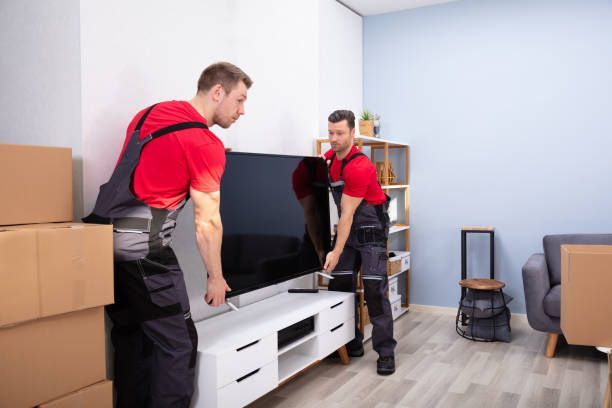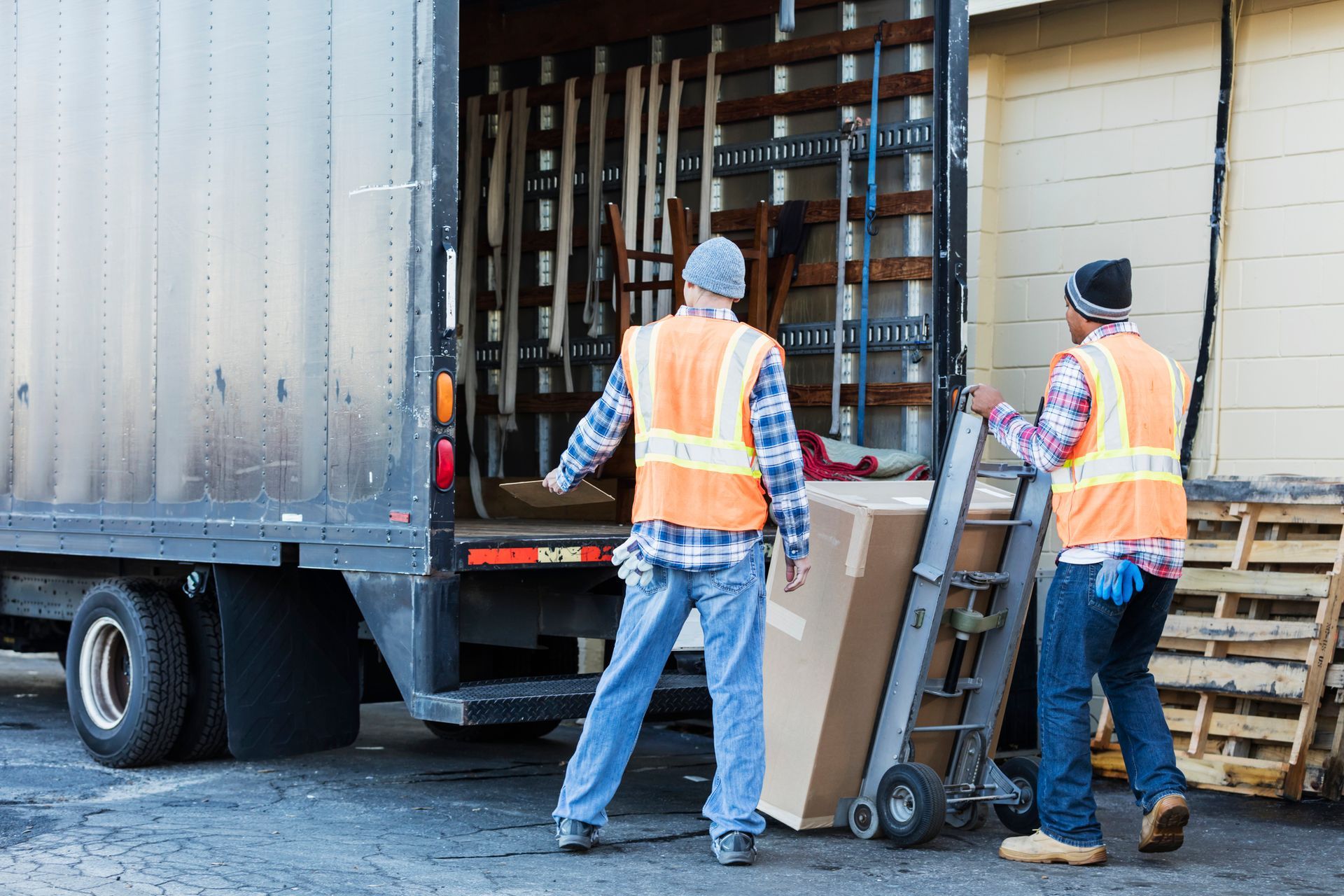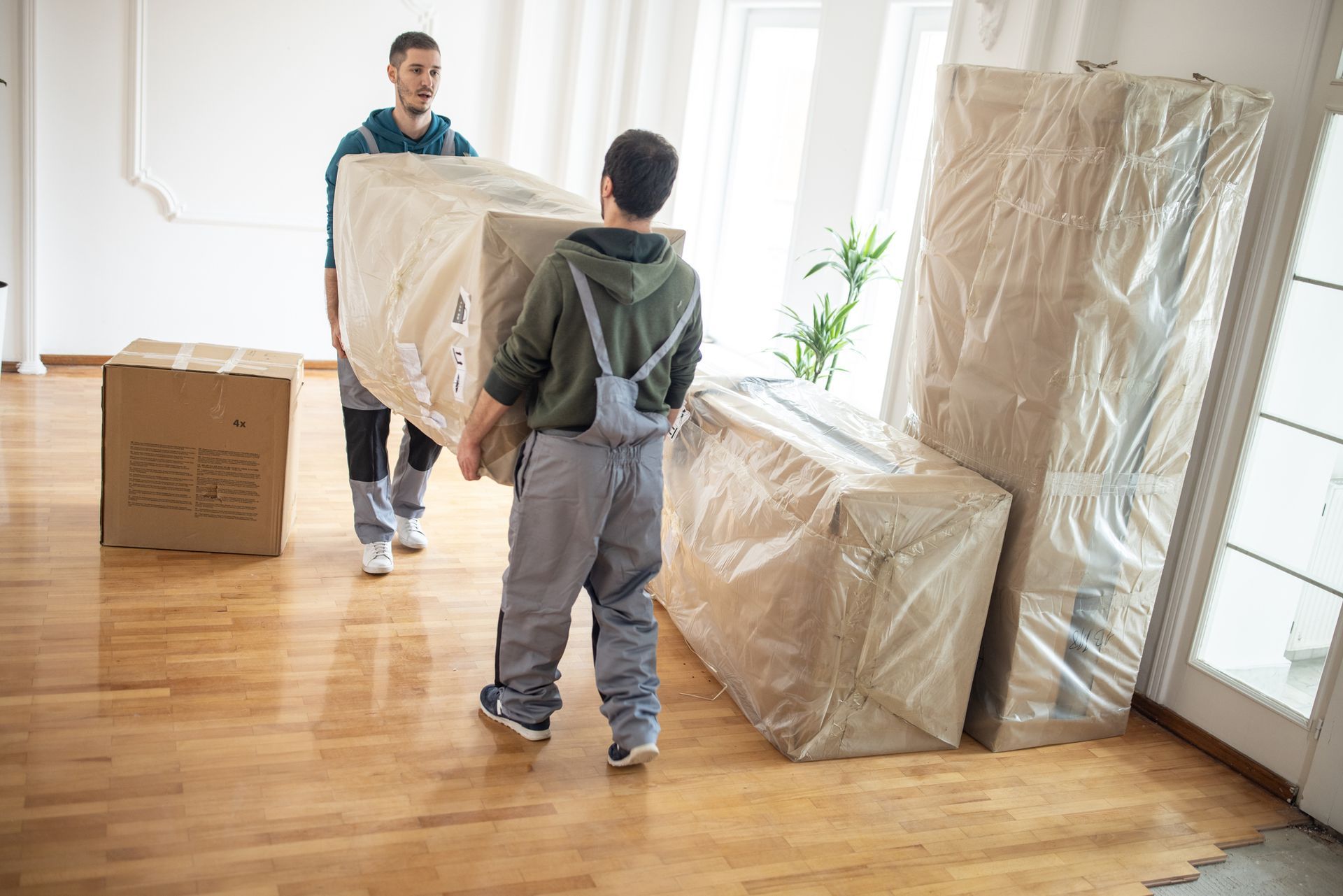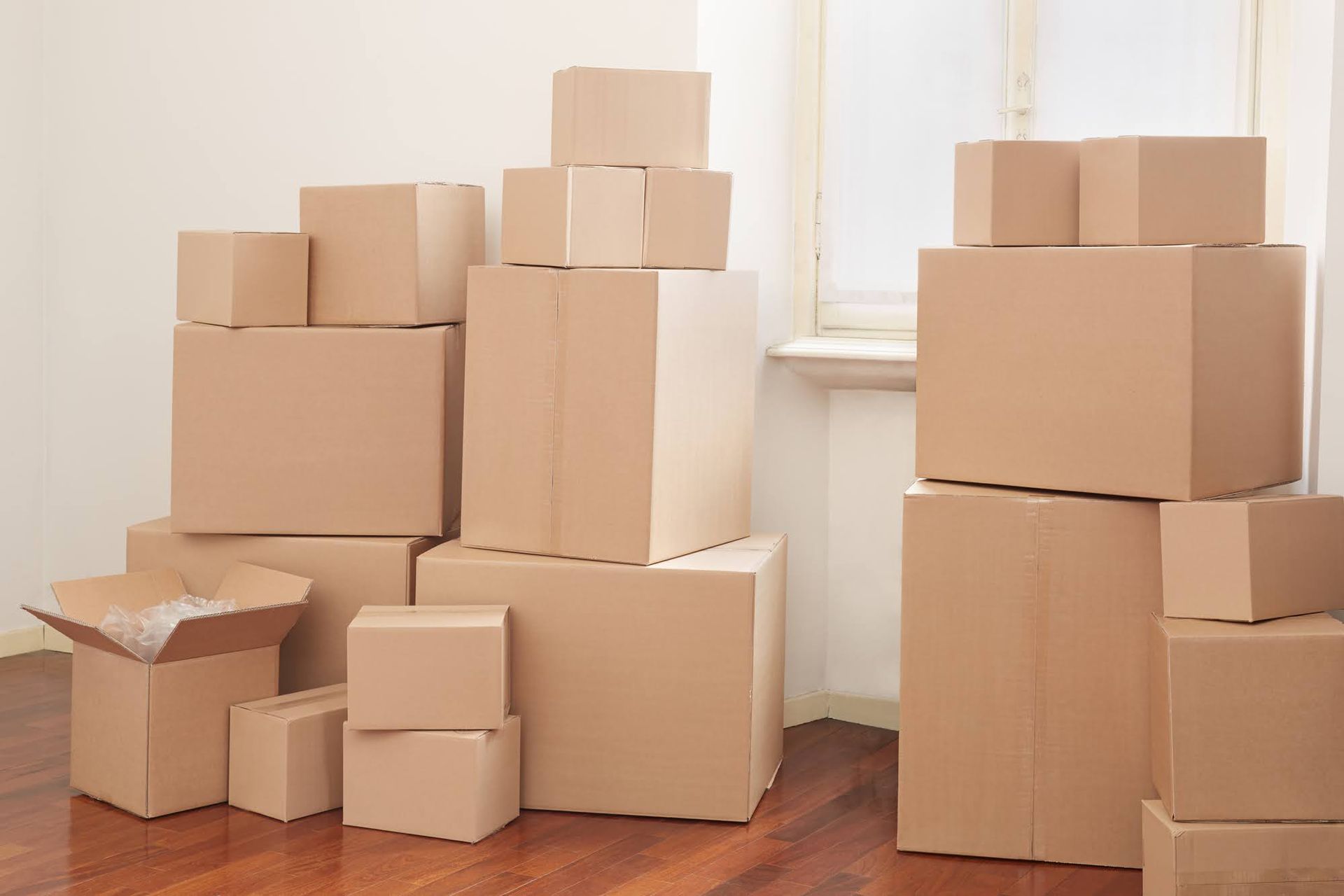Safely Moving Antiques: Your Step-by-Step Guide
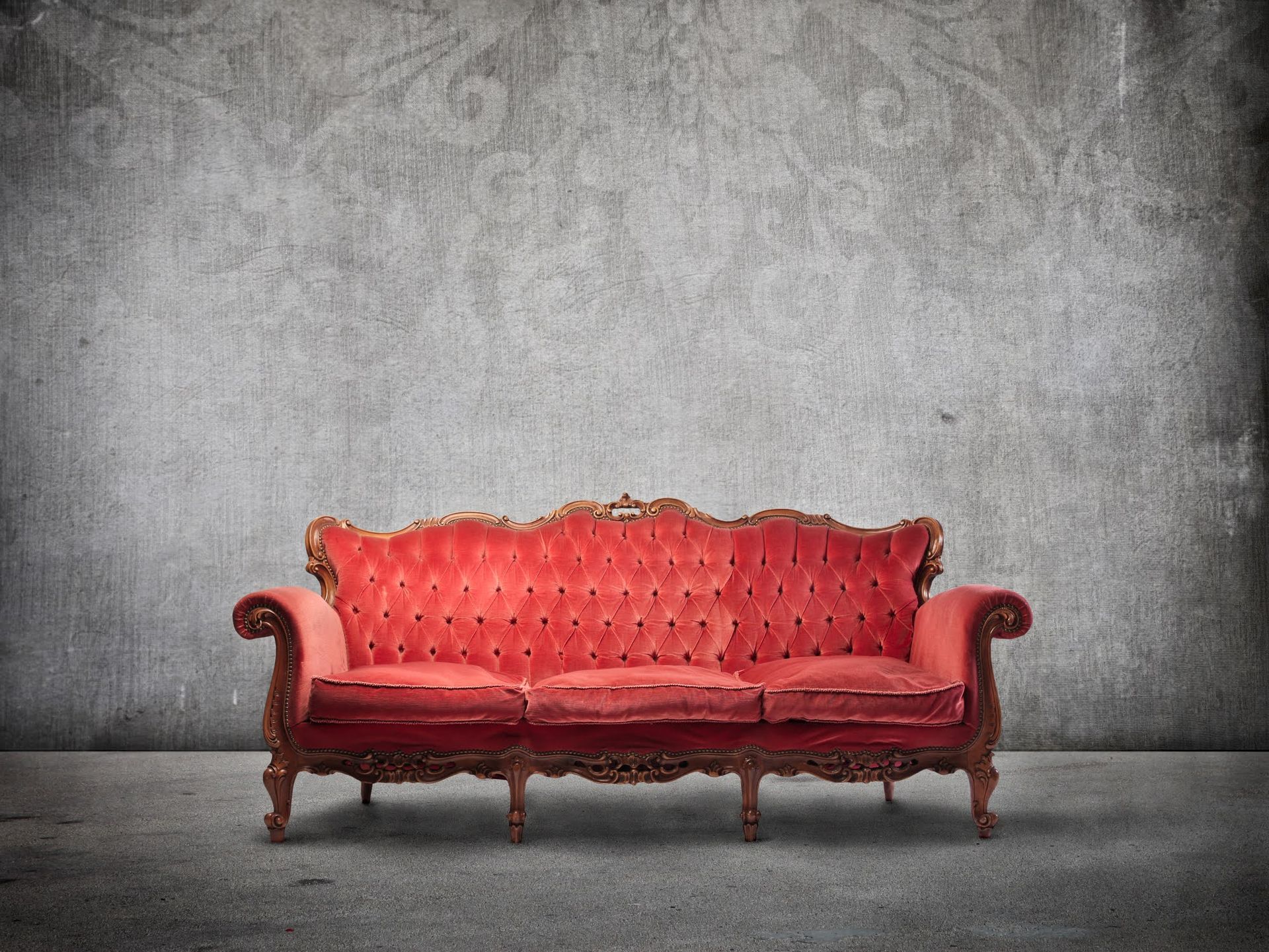
For antique aficionados or those fortunate enough to inherit treasured pieces, the thought of packing up and moving can be daunting. You're not just dealing with furniture; you're safeguarding history and value. In this guide, we'll walk you through moving your antiques with the care they deserve.
Assessing the Collection
The first step in moving antiques is taking stock of what you have. Separate the larger pieces from the smaller and more delicate items. Evaluate the size, materials, and fragility of your antiques. This initial assessment will help you determine what kind of packing materials you'll need and what kind of transportation will be necessary.
It's also a good time to decide if any items need professional restoration before the move, which could potentially save you from more extensive work down the line.
Building Your Supplies
Once you know what you're moving, it's time to gather your packing materials. Here's a list to get you started:
- Furniture Blankets: Large pieces can be wrapped in these to prevent scratches.
- Bubble Wrap and Foam Sheets: These are ideal for wrapping delicate items and providing a cushion against unforeseen impact.
- Packing Peanuts and Styrofoam Blocks: These can fill voids in boxes and provide additional padding.
- Quality Boxes: Don't skimp on heavy-duty cardboard. If you can, get boxes designed for moving fragile items.
- Tape: Use strong packing tape to keep boxes sealed.
- Markers: Write and label the outside of the boxes with important notes, so you know what's inside.
Remember, if you're moving very valuable or exceptionally delicate antiques, it's often best to consult with professionals who can provide specialized packing materials and techniques.
The Art of Packing
The way you pack your antiques can make all the difference. Here are some tips to get you started:
- Wrap Everything: Every piece should be wrapped to protect it from the elements and cushion it from bumps. Start with a layer of bubble wrap or a foam sheet and then secure with tape.
- Fill the Gaps: Use packing peanuts, blankets, or even newspaper to fill voids in boxes. A snug fit means less chance of movement inside the box.
- Label Clearly: Write on each box what's inside and if it's fragile. This helps you and your movers know how to handle them properly.
- Use the Right Box: Heavy items need small boxes. Lighter, bulky items can go in larger ones. Always put the heaviest items on the bottom. For extremely valuable items, custom wooden crates with a solid structure may be the best solution.
Setting Up Transport and Arrival
Now that everything is packed, it's time to move it. There are a few things to consider:
- DIY vs. Professional Movers: For larger moves or more valuable items, professional movers with experience in antiques are your best bet. They have the skills and equipment to handle your items with care.
- Transportation Methods: The mode of transportation is also crucial. Air can be the most jarring, trucking is reliable but can be a bit slower, and trains are often a middle-ground solution.
- Storage During the Move: If there will be a gap between when you move out and into your new place, consider moving your items to a separate climate-controlled storage facility to avoid temperature changes or humidity damage.
Moving antiques is not only a physical process but also an emotional one. Each piece might hold a personal memory or family history. Taking the time and care to move your antiques is a way of honoring that history. By following these steps, you'll ensure that your antiques arrive at their new home in as good a shape as when they left, ready to make new memories for generations to come. To learn more about planning a move and relocating antiques, contact our office today.



